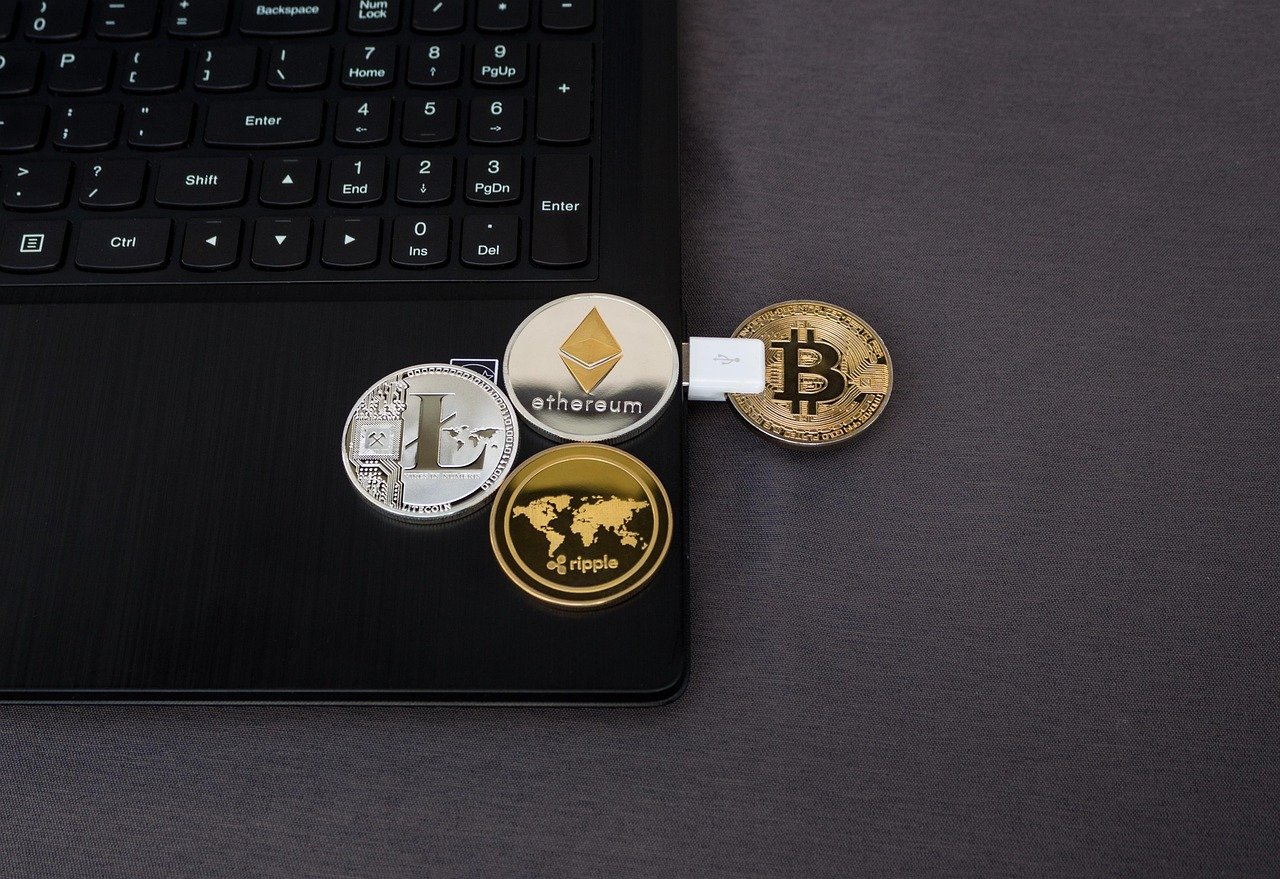Navigating the world of cryptocurrency can feel like stepping into a new dimension, but how do you bridge the gap between traditional finance and the decentralized web? The answer lies in fiat onramps: gateways that allow you to convert your government-issued currency (like USD, EUR, or GBP) into digital assets. This guide will explore everything you need to know about fiat onramps, from understanding their importance to choosing the right one for your needs.
Understanding Fiat Onramps
What are Fiat Onramps?
A fiat onramp is a service or platform that facilitates the conversion of fiat currency into cryptocurrency. Think of it as the on-ramp to a highway – it’s how you get onto the crypto highway using your traditional money. They act as a bridge between traditional finance (TradFi) and decentralized finance (DeFi), making it easier for individuals and institutions to participate in the digital asset market.
Why are Fiat Onramps Important?
Fiat onramps are crucial for the growth and adoption of cryptocurrency for several reasons:
- Accessibility: They lower the barrier to entry for newcomers, allowing anyone with a bank account or credit card to buy crypto.
- Liquidity: They provide a vital source of liquidity for the crypto market, as they allow fiat currency to flow in and out.
- Mainstream Adoption: By making it easier to buy crypto, they contribute to the overall adoption of digital assets by the general public.
- Investment Opportunities: They unlock access to a wide range of investment opportunities in the crypto space, from decentralized finance (DeFi) to NFTs.
The Role of KYC and AML
Fiat onramps are subject to Know Your Customer (KYC) and Anti-Money Laundering (AML) regulations. This means that users typically need to verify their identity before they can buy or sell cryptocurrency. This is done to prevent illegal activities such as money laundering and terrorist financing. While it can add a step to the process, KYC/AML compliance is essential for the long-term stability and legitimacy of the crypto market. It also protects users from fraud and scams.
Types of Fiat Onramps
Centralized Exchanges (CEXs)
Centralized exchanges like Coinbase, Binance, and Kraken are among the most popular fiat onramps. They offer a user-friendly interface and a wide range of cryptocurrencies to choose from.
- Pros: High liquidity, a large selection of cryptocurrencies, and relatively easy to use.
- Cons: Subject to regulatory oversight, may require KYC/AML verification, and are susceptible to hacks and security breaches.
- Example: Coinbase allows users to buy Bitcoin, Ethereum, and other cryptocurrencies using credit cards, debit cards, and bank transfers.
Decentralized Exchanges (DEXs) with Fiat Integration
Some decentralized exchanges (DEXs) are starting to integrate fiat onramp capabilities. This allows users to buy crypto directly from their bank account or credit card without having to go through a centralized exchange.
- Pros: Greater privacy, no KYC/AML verification (in some cases), and censorship resistance.
- Cons: Can be more complex to use, lower liquidity, and may have limited cryptocurrency options.
- Example: Transak and MoonPay are services that allow DEXs to offer fiat onramp capabilities directly within their platform.
Payment Processors
Payment processors like PayPal and Skrill are also starting to offer fiat onramp services. This allows users to buy and sell cryptocurrency using their existing accounts.
- Pros: Convenient for users who already have accounts with these platforms, and often offers instant transactions.
- Cons: May have higher fees compared to other options, and may not support all cryptocurrencies.
- Example: PayPal allows users in select countries to buy, sell, and hold Bitcoin, Ethereum, Litecoin, and Bitcoin Cash.
Peer-to-Peer (P2P) Platforms
P2P platforms connect buyers and sellers directly, allowing them to trade cryptocurrency using fiat currency. These platforms often offer a variety of payment methods, including bank transfers, cash deposits, and online wallets.
- Pros: Greater flexibility in payment methods, and potentially lower fees.
- Cons: Can be riskier than other options, as you are dealing directly with another individual, and requires more due diligence.
- Example: LocalBitcoins and Paxful are examples of P2P platforms where users can buy and sell Bitcoin using various payment methods.
Choosing the Right Fiat Onramp
Factors to Consider
Choosing the right fiat onramp depends on your individual needs and preferences. Here are some factors to consider:
- Fees: Compare the fees charged by different platforms, including transaction fees, withdrawal fees, and deposit fees.
- Supported Cryptocurrencies: Make sure the platform supports the cryptocurrencies you want to buy or sell.
- Payment Methods: Check if the platform accepts your preferred payment method, such as credit card, debit card, or bank transfer.
- Security: Look for platforms with strong security measures, such as two-factor authentication and cold storage of funds.
- User Interface: Choose a platform with a user-friendly interface that is easy to navigate.
- Reputation: Read reviews and check the platform’s reputation before using it.
- KYC Requirements: Understand the KYC/AML requirements and whether you are comfortable providing the necessary information.
Comparing Popular Onramps: A Practical Example
Let’s compare three popular fiat onramps: Coinbase, Binance, and Kraken:
| Feature | Coinbase | Binance | Kraken |
|——————|——————————————-|——————————————-|——————————————–|
| Fees | Higher fees for instant buys | Lower fees, especially with BNB discounts | Moderate fees, tiered based on volume |
| Supported Crypto | Wide range, but not as extensive as Binance| Very extensive range | Good range, focused on established coins |
| Payment Methods | Credit/Debit Card, Bank Transfer, PayPal | Credit/Debit Card, Bank Transfer, P2P | Credit/Debit Card, Bank Transfer |
| Security | Strong, industry-leading | Strong, but had past security incidents | Strong, emphasizes cold storage |
| KYC | Required | Required | Required |
| User Interface | Beginner-friendly | More complex, suited for experienced traders| Intermediate complexity |
This table highlights the key differences between these platforms, helping you make an informed decision based on your individual needs. For example, a beginner might prefer Coinbase for its user-friendly interface, while an experienced trader might prefer Binance for its lower fees and wider range of cryptocurrencies.
Tips for Secure Onramping
Here are some tips to ensure a secure onramping experience:
- Use a strong password and enable two-factor authentication.
- Be wary of phishing scams and never click on suspicious links.
- Only use reputable and well-known fiat onramps.
- Keep your private keys safe and never share them with anyone.
- Start with small amounts to test the platform before committing larger sums.
- Regularly review your account activity and report any suspicious transactions.
Future Trends in Fiat Onramps
Increased Integration with DeFi
We are likely to see more and more DeFi platforms integrating fiat onramps directly into their interfaces. This will make it even easier for users to participate in DeFi without having to go through a centralized exchange.
Regulatory Clarity
As the cryptocurrency market matures, we can expect to see greater regulatory clarity around fiat onramps. This will provide more certainty for businesses and consumers and could lead to greater adoption of crypto.
Expansion of Payment Options
Fiat onramps are likely to support a wider range of payment options in the future, including mobile wallets, instant payment systems, and even cash deposits at retail locations. This will make it even easier for people around the world to buy and sell cryptocurrency.
Reduced Fees and Faster Transactions
Competition among fiat onramps is likely to drive down fees and speed up transaction times. This will make it more attractive for users to use fiat onramps to buy and sell cryptocurrency.
Conclusion
Navigating the world of fiat onramps doesn’t have to be daunting. By understanding the different types of onramps, considering key factors like fees and security, and staying informed about future trends, you can confidently choose the best option for your needs. As the crypto landscape evolves, fiat onramps will continue to play a critical role in bridging the gap between traditional finance and the decentralized world, paving the way for wider adoption and greater accessibility. Remember to always prioritize security and do your own research before using any platform.



